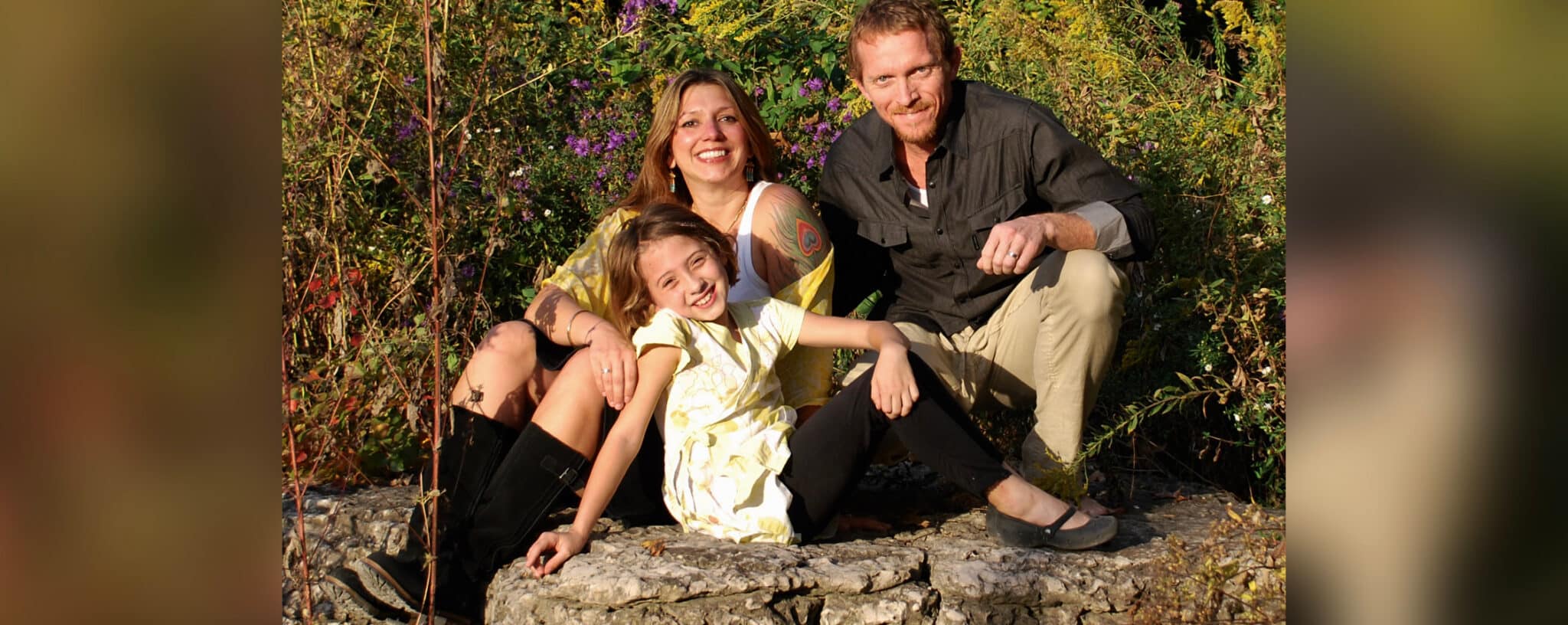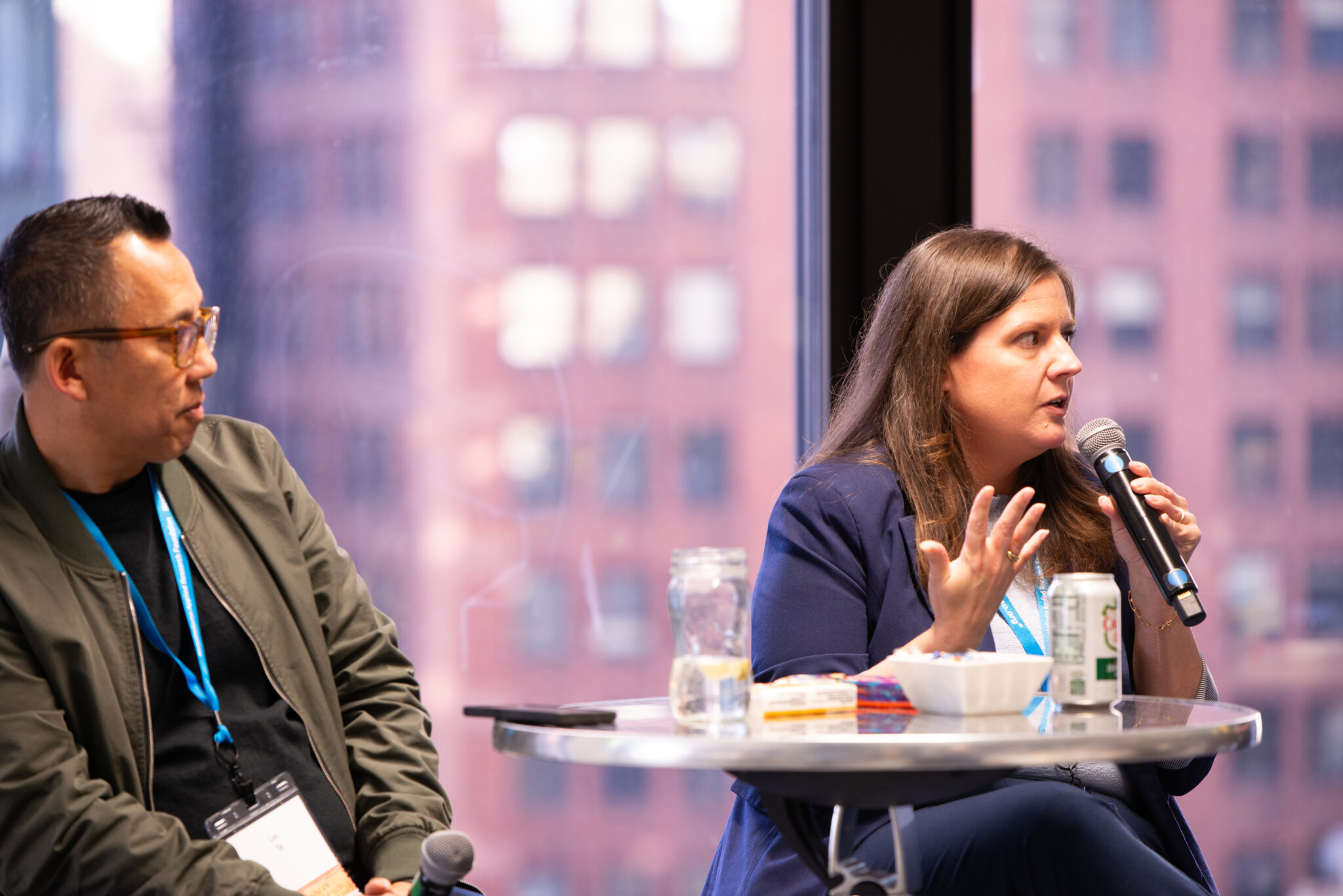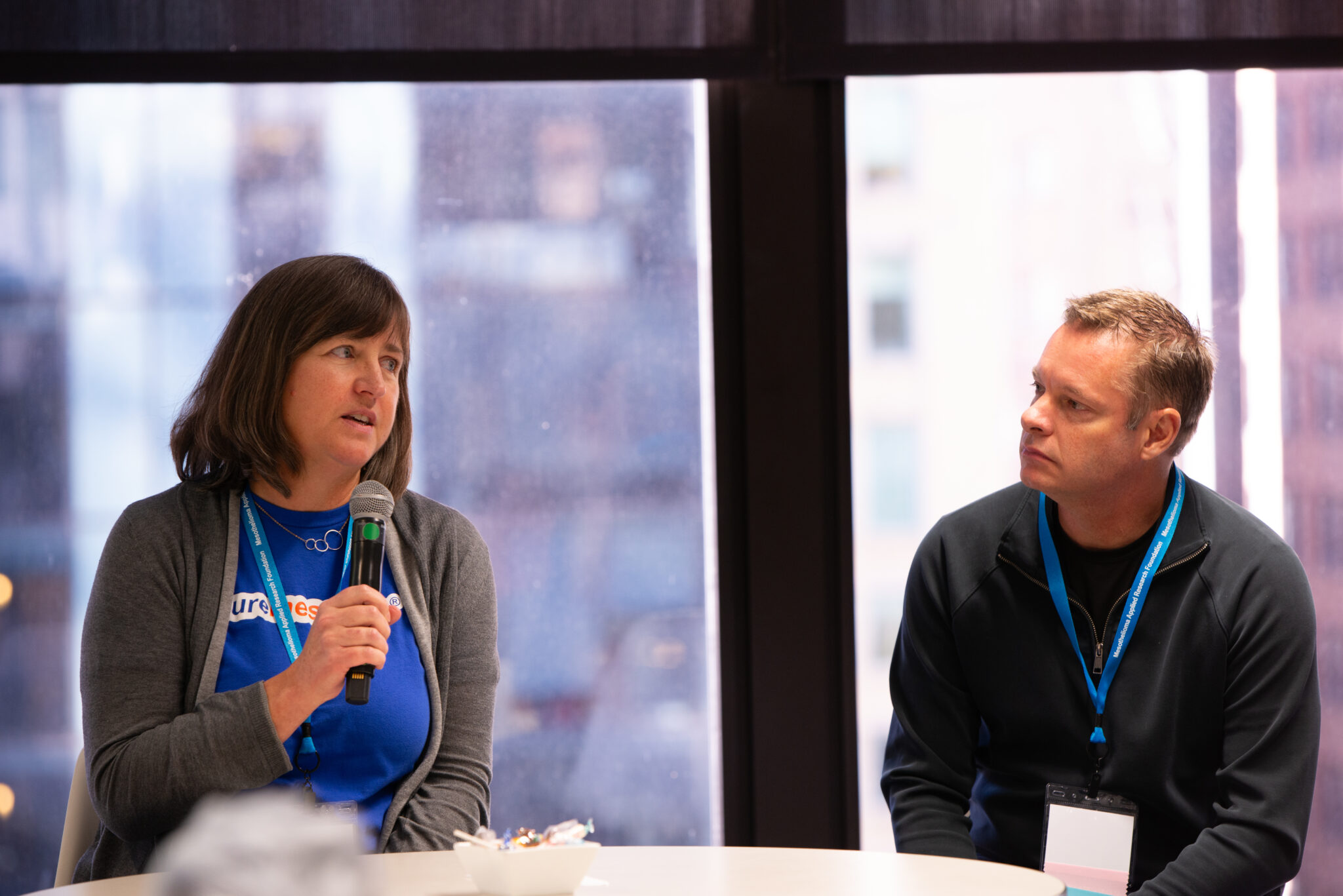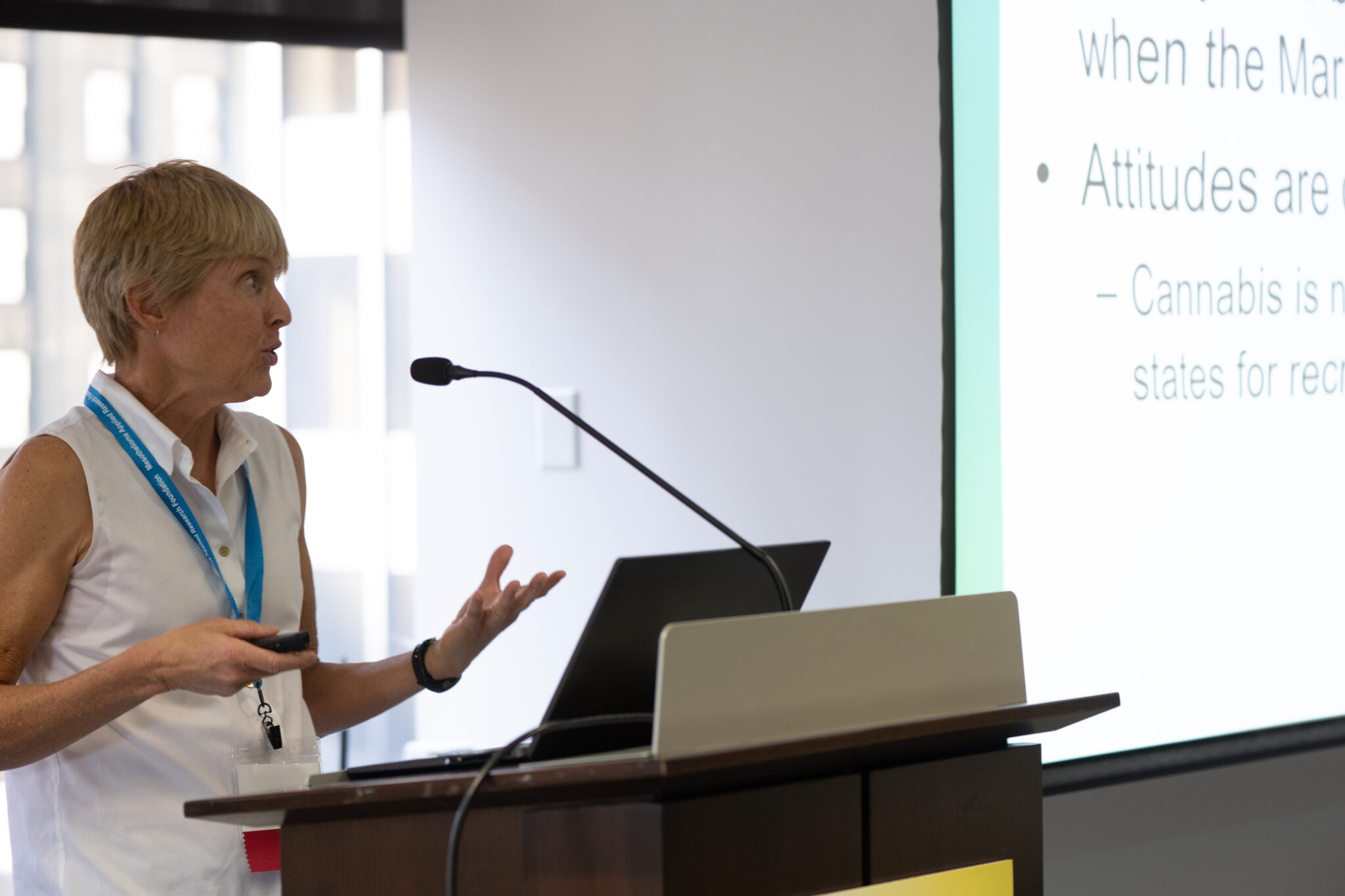The diagnosis
Julie went to the 2006 International Symposium on Malignant Mesothelioma with her neighbor who is a medical doctor. She needed someone with her to hold her hand and translate the medical information she was there to gather. Her husband Dan stayed home, in St. Louis, to care for their 3-year-old daughter, Madeline. Julie was looking for hope while Dan anxiously waited for news. They didn’t have any time to waste. Their family depended on it.
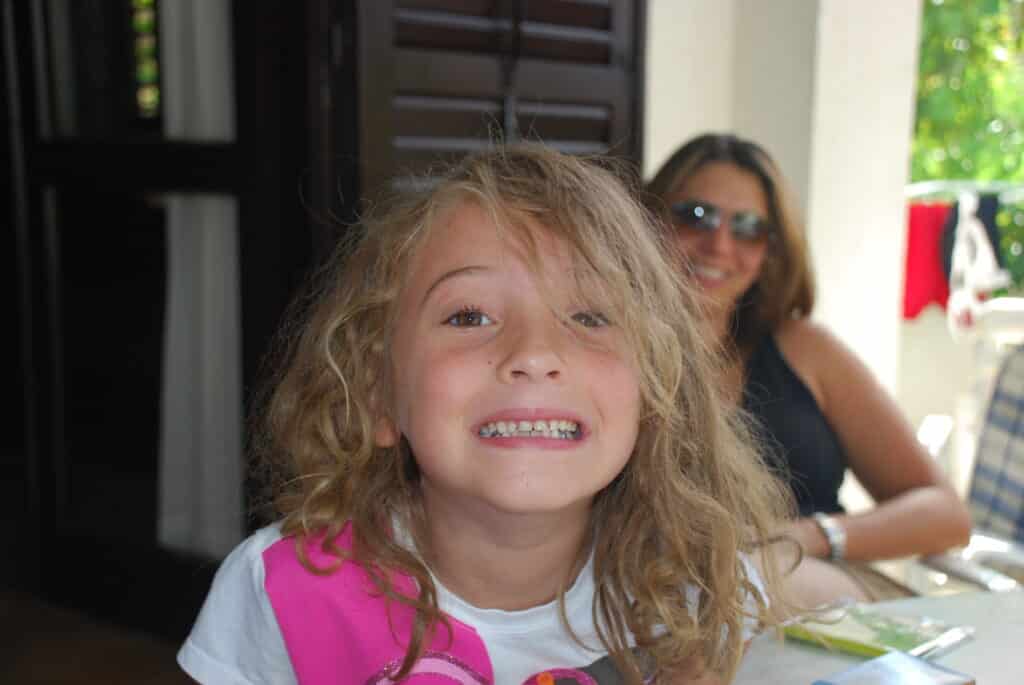
Just a month or so prior to this event, Julie was wheeled into surgery for a hysterectomy to remove what her doctors thought was ovarian cancer. The prospect of facing ovarian cancer terrified her but, at least, she knew the enemy.
But then, plot twist. This wasn’t ovarian cancer after all.
Instead, pathology confirmed malignant peritoneal mesothelioma.
At 35 years old, Julie was told that no real treatment options existed for this cancer and that she probably had about 6-12 months to live. With chemotherapy, she could maybe live a few months longer.
“At that point, all I could think was that my daughter wasn’t going to remember her mother,” said Julie.
The answers
Peritoneal mesothelioma is the rarer of the two more common types of this cancer. Unlike pleural mesothelioma, which affects most mesothelioma patients, peritoneal mesothelioma does not grow around the lung, rather it surrounds the abdomen and the organs located in the abdominal cavity.
At that conference in 2006, Julie was stumbling in a haze hoping someone would take her by the hand and lead her. To her bewilderment that is exactly what happened.
At dinner that evening, during patient introductions, Julie shared her newly acquired diagnosis with the rest of the attendees. Almost immediately, other patients with her diagnosis swarmed around her providing support and sharing their experiences. They introduced her to peritoneal mesothelioma specialists in attendance, which is how she met the medical team that eventually treated her.
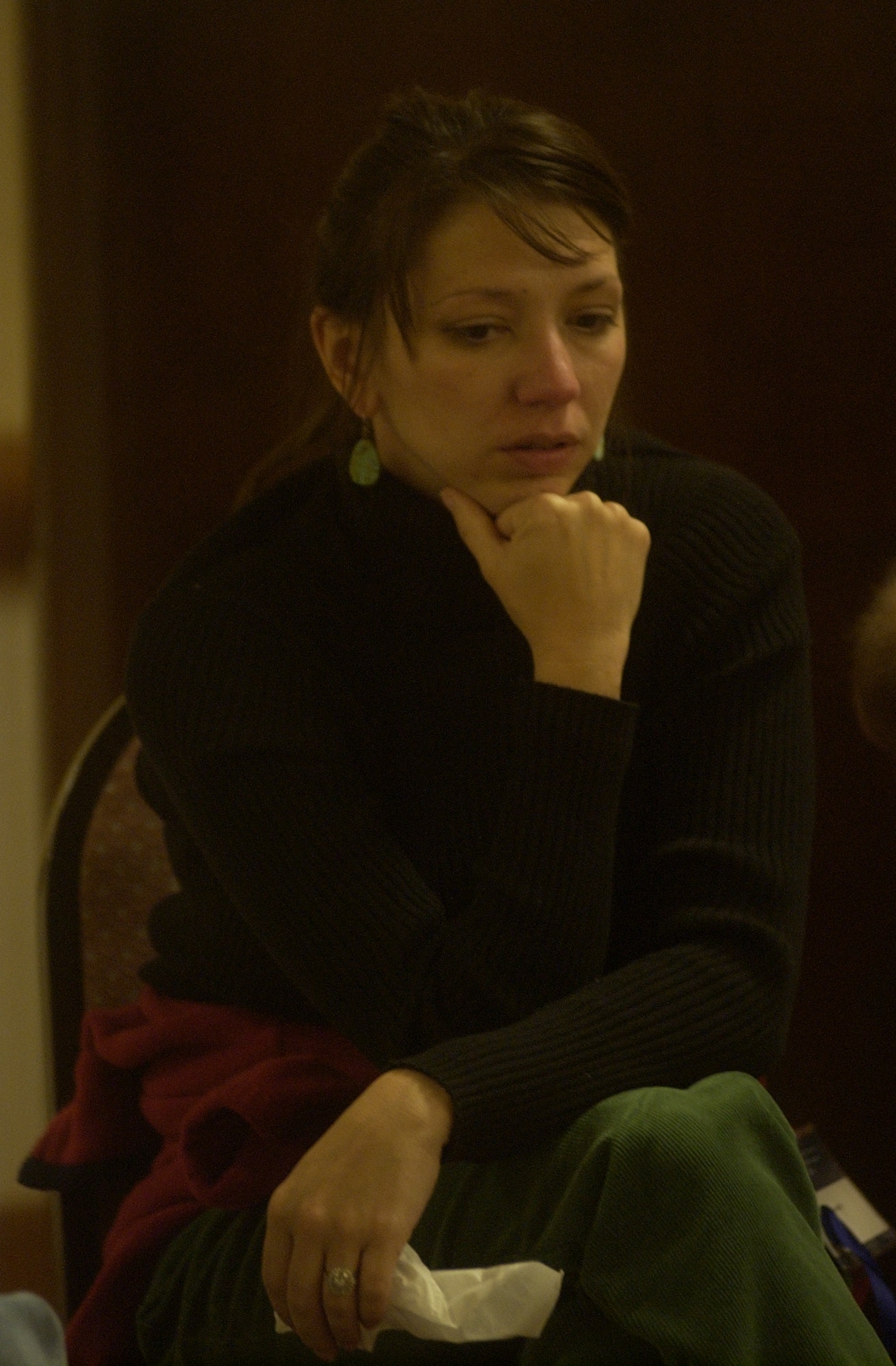
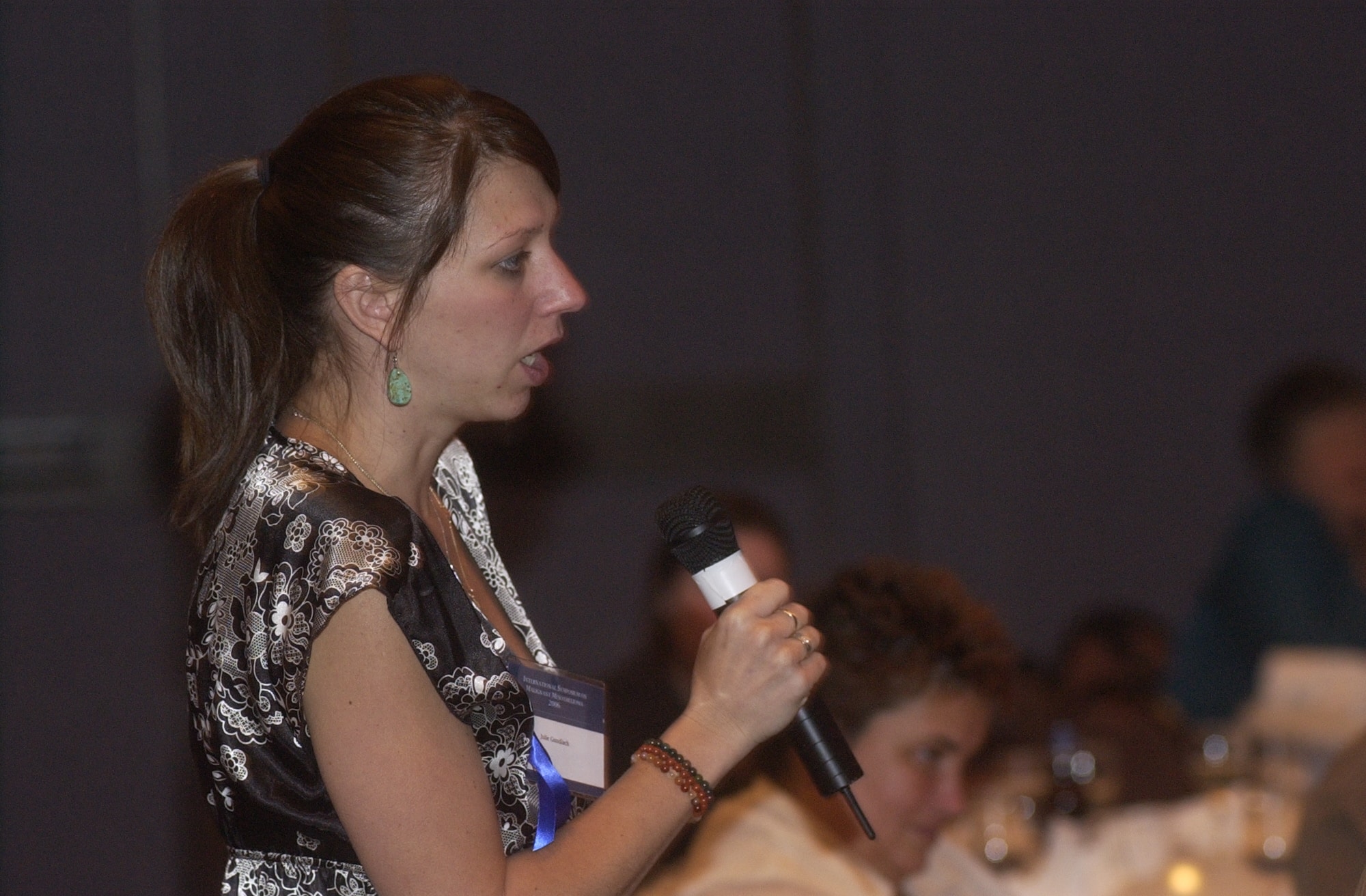
Julie seemed to have found herself in the right place at the right time. Suddenly, mesothelioma was not some obscure cancer that nobody seemed to know anything about. At this conference, mesothelioma was the only thing discussed. Attendees were either experts who made it their life’s work to find effective treatments for mesothelioma, or they were other patients or their family members.
“The Foundation was the lifeline that got me where I needed to go,” she said.
The treatment
Over the course of the next year, Julie was prescribed a treatment protocol that consisted of several components. The first in line would be an almost 10-hour HIPEC surgery. (HIPEC, or hyperthermic intraperitoneal chemotherapy, is a two-part procedure where after tumor removal the patient’s abdomen is filled with heated chemotherapy drugs.) Then for six months after the surgery, Julie would get intraperitoneal chemotherapy treatments three times per month, followed by another, this time 8-hour, HIPEC surgery. The tasks ahead felt insurmountable at times.
“When I was very sick, I heard a saying, ‘How do you eat an elephant? You eat it one bite at a time,’” Julie said.
Following this advice, one step at a time, she would begin chipping away at this grueling protocol which often seemed even more unattainable by the fact that Julie and her family lived in St. Louis, MO, while the treatment team was in New York City.
Julie and Dan were determined to make it work. They spent money on flights, food, transportation, and lodging in one of the most expensive cities in the world. Julie quit her job. Dan had to take extensive family leave. They did all of that knowing that their efforts may still not yield the results they hoped for. They had faith but were also scared.
“Faith is not a lack of fear. It is being afraid and doing it anyway,” said Julie.
“I was scared every step of the way, but I was not going to let my fear stop me. Sometimes, even if the faith’s voice was not stronger, I would just pretend that it was. Fear is an emotion; it is not a reality. I just needed to put it in a box and do what I knew I had to do anyway,” she added.
But something still gave them pause and kept them wondering if they made the right decision.
“If I only have a year left, do I want to spend so much of it away from my family?” Julie questioned herself.
Their family was too young not to give it their best shot. So they soldiered on.

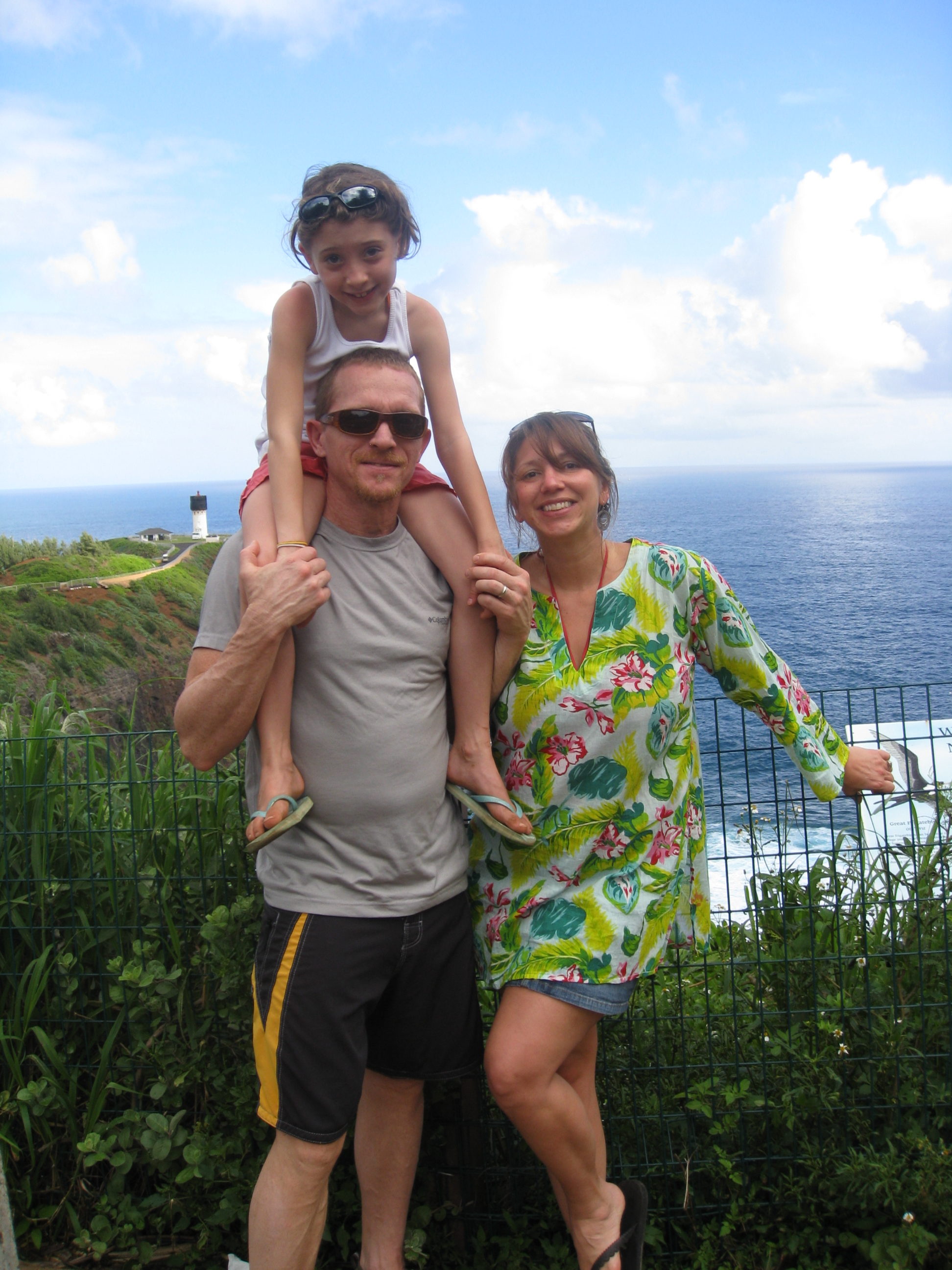
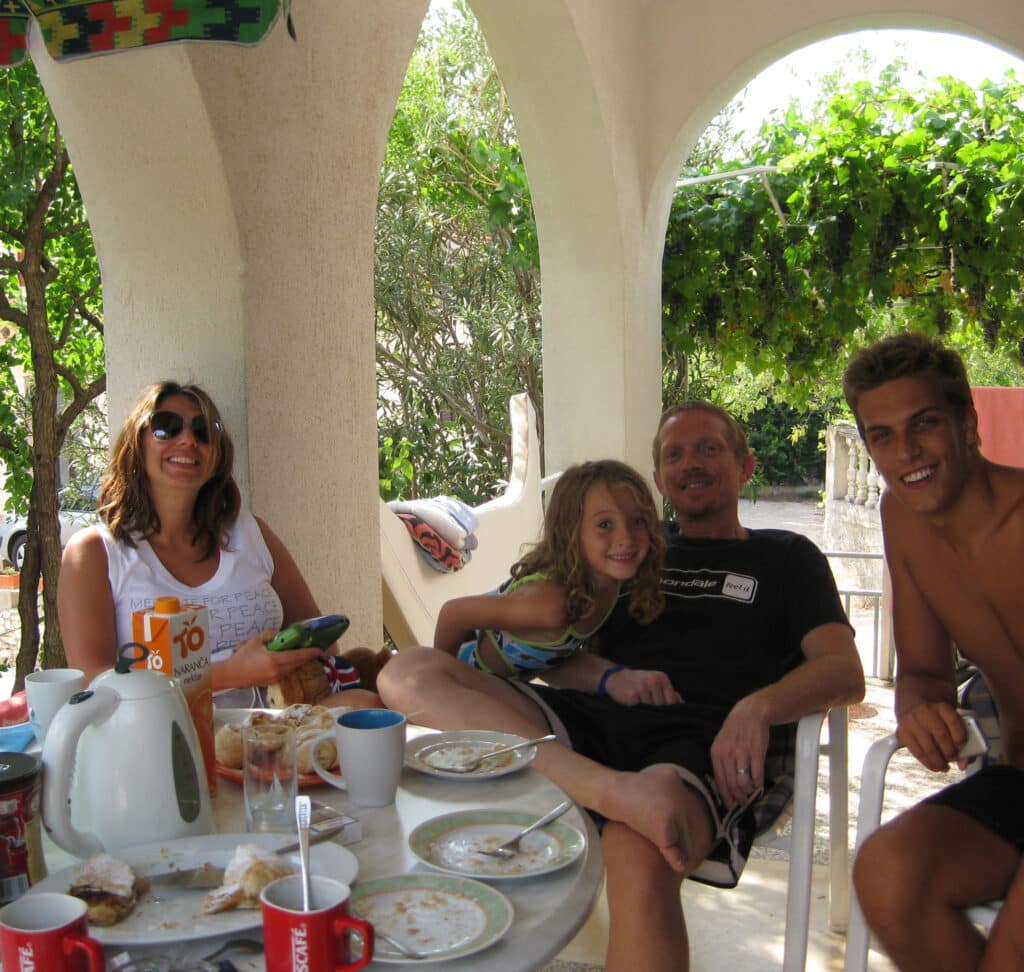
Over the course of those early treatment days, after the first surgery was completed, Julie timed her treatment trips with astonishing precision and no room for error. In the morning, in New York City, she would get 2.5 liters of fluid and intraperitoneal chemo administered through intraperitoneal ports directly into her abdomen.
“I would walk in a size 6 and walk out a size 12.”
By midday, she would leave the hospital in New York City heading directly to the LaGuardia Airport to catch her flight back to St. Louis. The hope was that she’d arrive home by the time side effects kicked in. Delayed flights and other travel mishaps were not just minor inconveniences. A delay meant that she’d have to be in excruciating pain while squished in an airplane seat surrounded by strangers.
More Surgeries
The results of this first series of treatments were mixed. There was some good news and then there was bad news. Some parts of Julie’s cancer were exceedingly aggressive and continued growing in less-than-ideal places.
On November 3, 2008, Julie underwent another major surgery. This time, complications arose. She nearly bled out and died on the operating table. The situation was so dire that she was put into an induced coma for five days to stabilize her. She spent nearly a month in the hospital.
However, even after that, the mesothelioma wasn’t gone. It continued to grow, though slowly, giving her some time before another surgery became necessary. Julie’s most recent surgery was in February of 2014, memorialized by a hospital room Valentine’s Day celebration with her husband. While the results of this surgery were promising, she still fell short of the NED distinction. In fact, Julie never heard the coveted term “NED” (No Evidence of Disease).
To this day, Julie travels out of state twice per year for CT and PET scans and check-ups.
Anger
The first few years after diagnosis Julie was angry. She was angry that she and her family were continuously exposed to a dangerous carcinogen without as much as a warning despite the dangers of asbestos being well known by that point. She is still angry that asbestos hasn’t yet been banned in the United States, and that most people have no idea that asbestos from past uses is all around them, posing a danger to themselves and everyone else. Over the years, she focused that anger on political advocacy. She talked to anyone who’d listen, and when she talked, they did listen. The wrath of a mother fighting for more time with her child is not something that can be ignored.
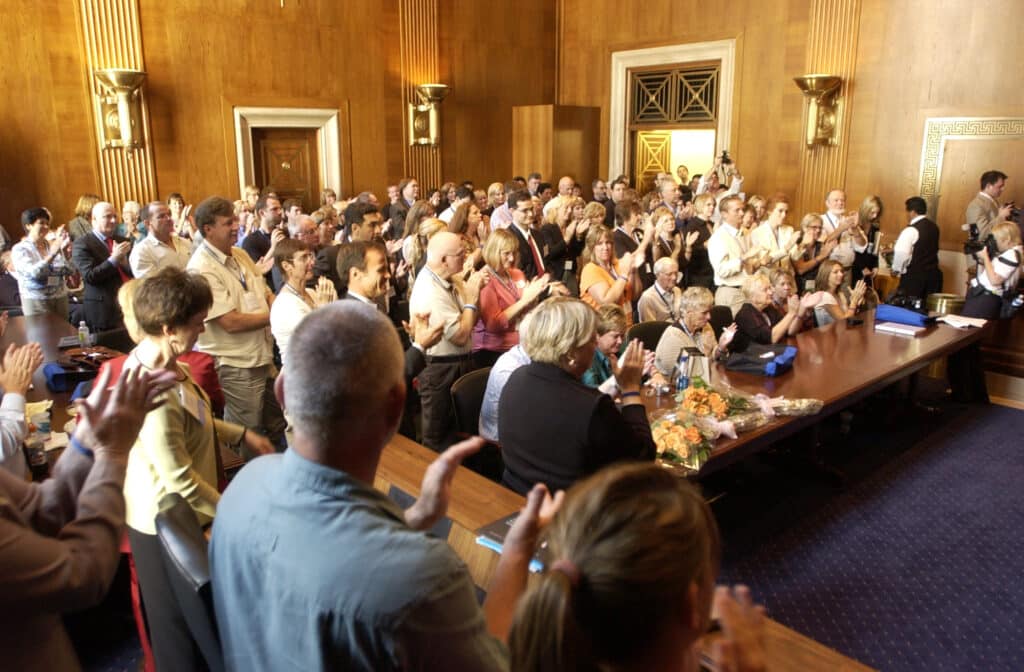
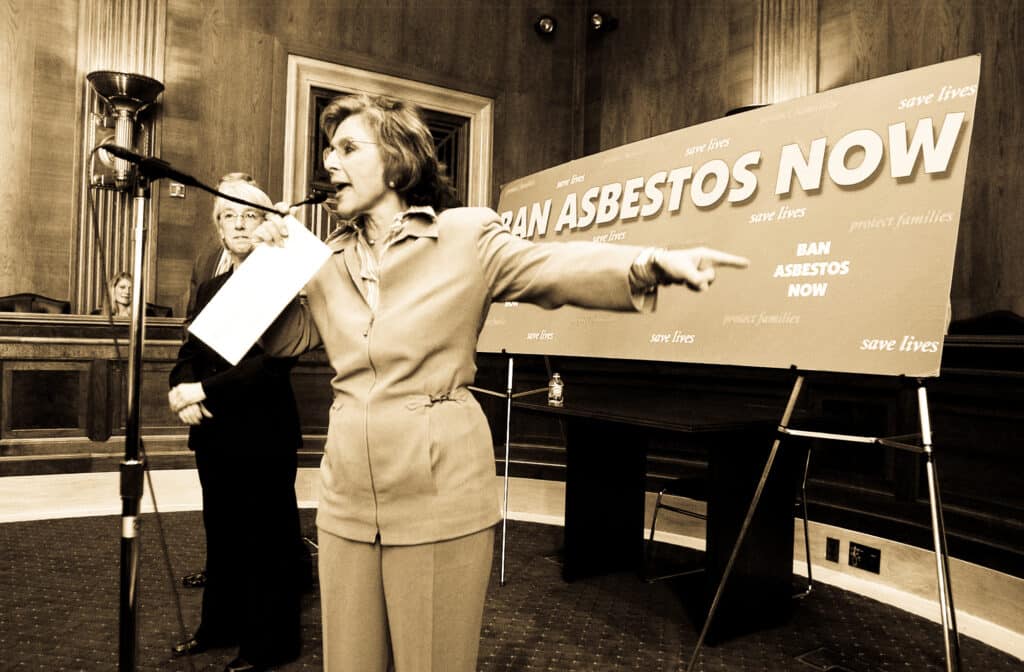
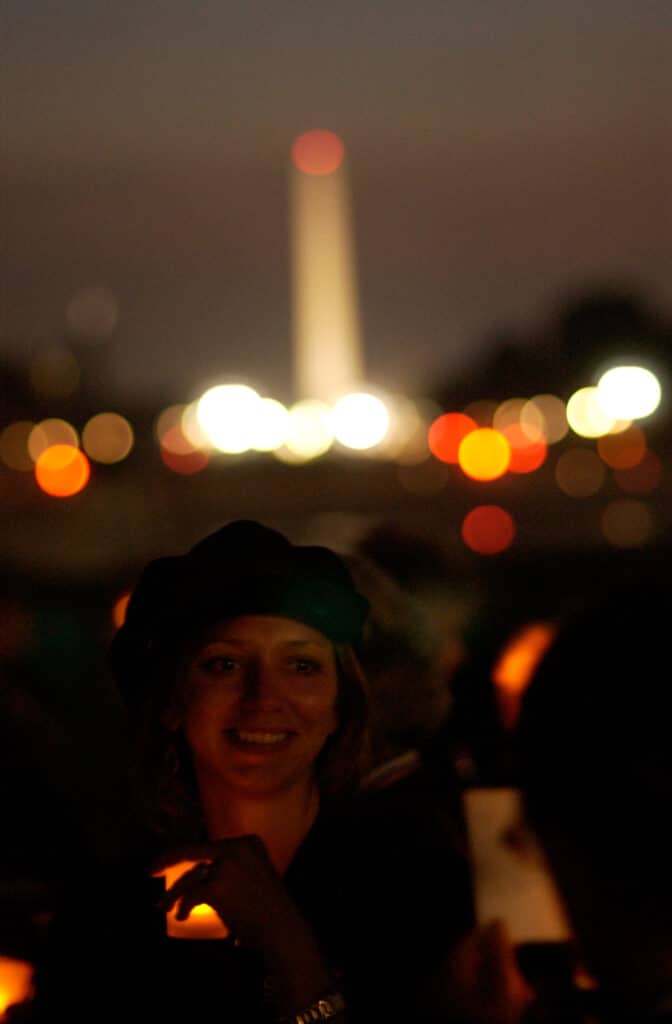
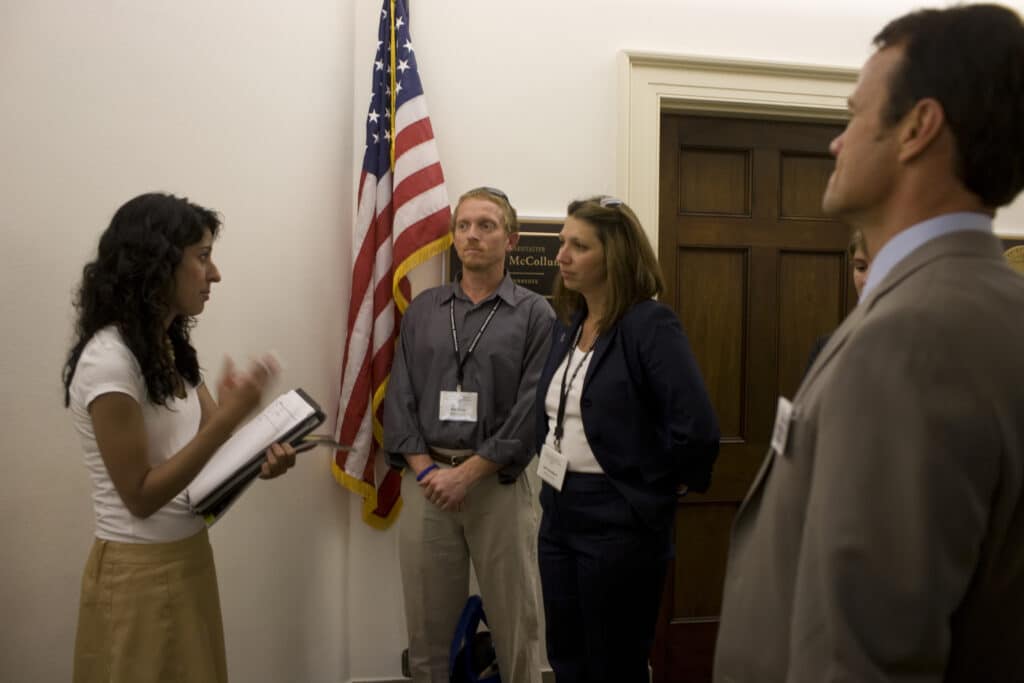
Every year, Julie also attended the Foundation’s conferences. It was an opportunity to give back by speaking with other patients, by advocating on behalf of patients, and she enjoyed gathering with her support group of other patients with whom she walked in stride. They became unexpectedly close, like a family, bonded by their unusual hardships. But mesothelioma is cruel. Each death was a new heartbreak. Each loss crushed her, and each loss simultaneously reminded her of her own precarious survival. It was time to make some changes.
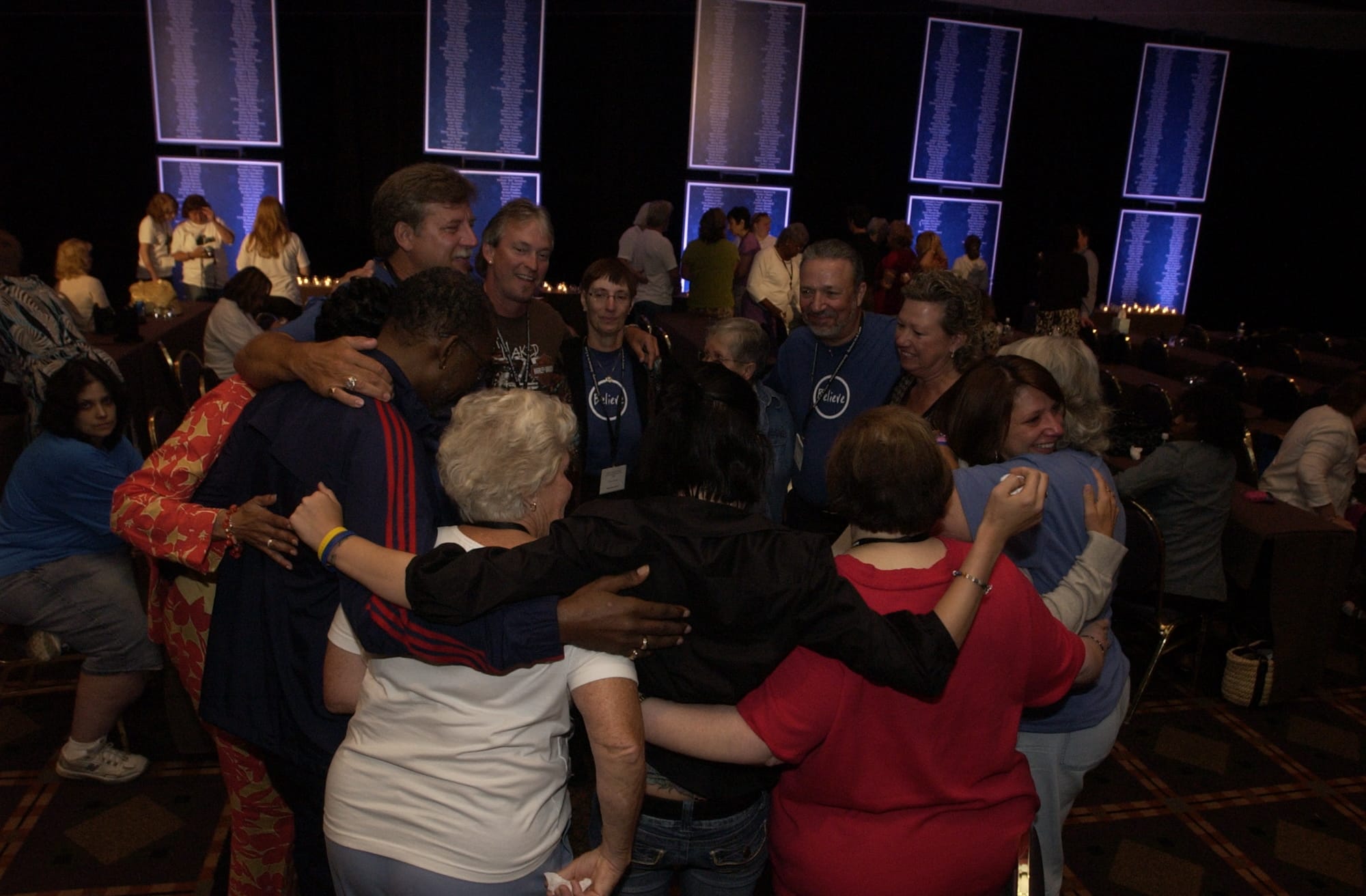
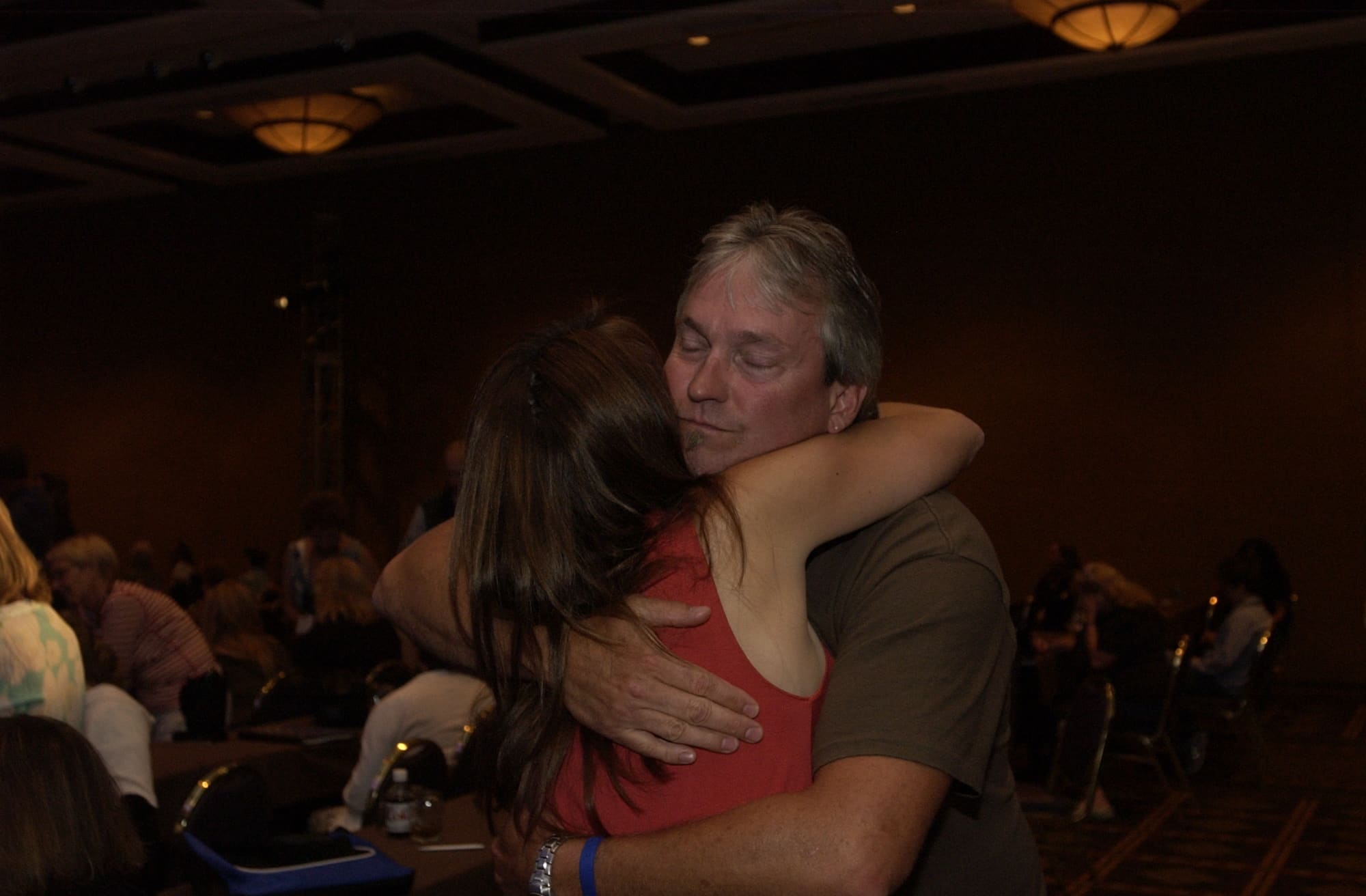
“Cancer and asbestos stole years off my life. My life could not be about mesothelioma anymore. I didn’t want to be the “person with cancer.” I just wanted to be a “normal person.”
In an act of self-preservation, she pulled away from living with mesothelioma and focused only on living. She knew what she needed, and at that time, it was normalcy – at least as normal as it could be.
Life
Over time, Julie learned not to make plans too far in advance and instead focused on each day and that day only.
“Then, you look back on doing that one-day-at-a-time thing, and all of a sudden you realize that you’ve accumulated a lot of days.”
When looking through photos to share with us for this profile, Julie said she was blown away at the amount of life she got to live in the last 16 years – Africa, Bali, Croatia, Venice, Mexico, Hawaii.
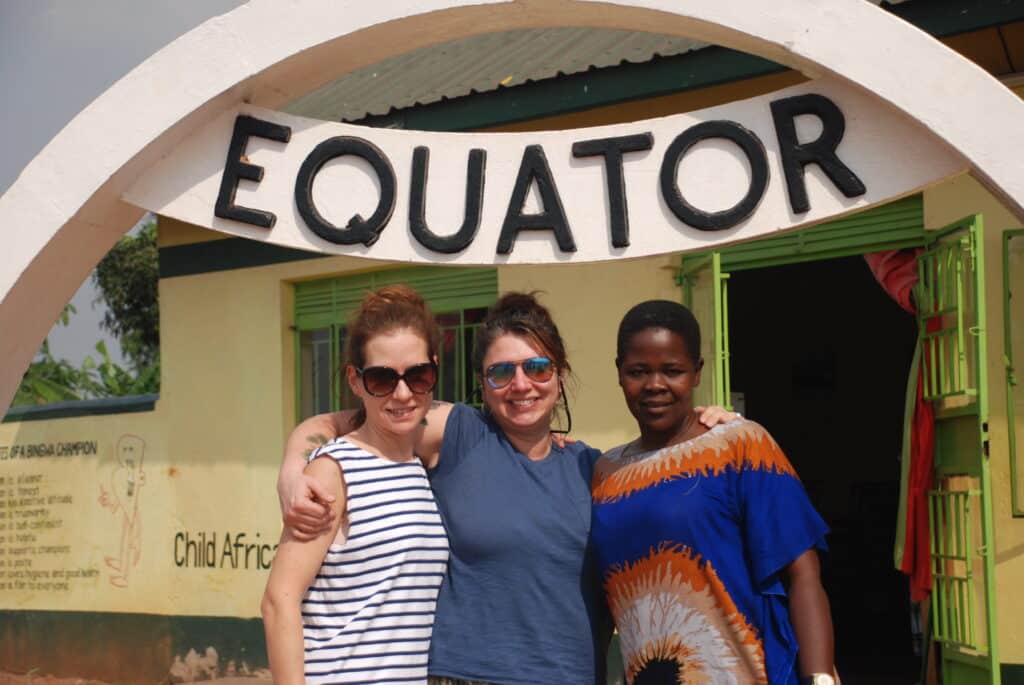
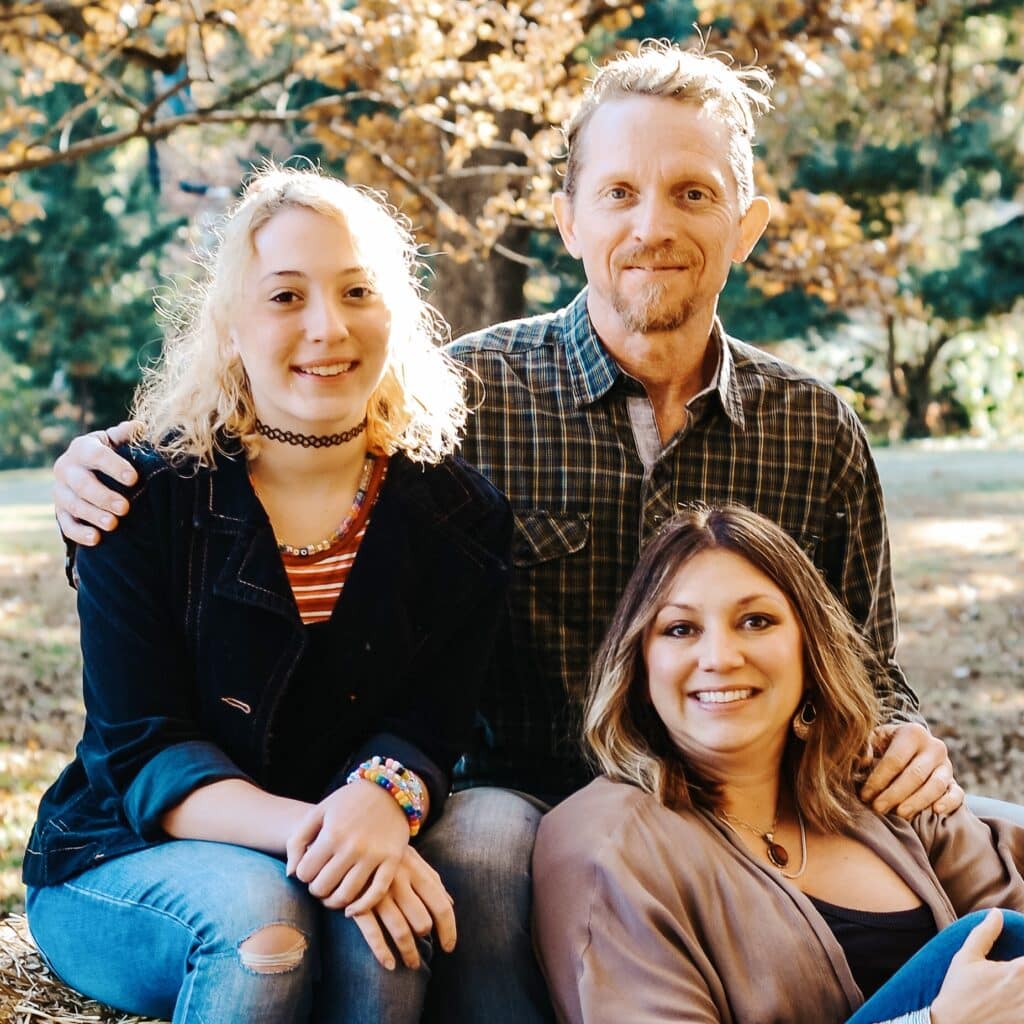
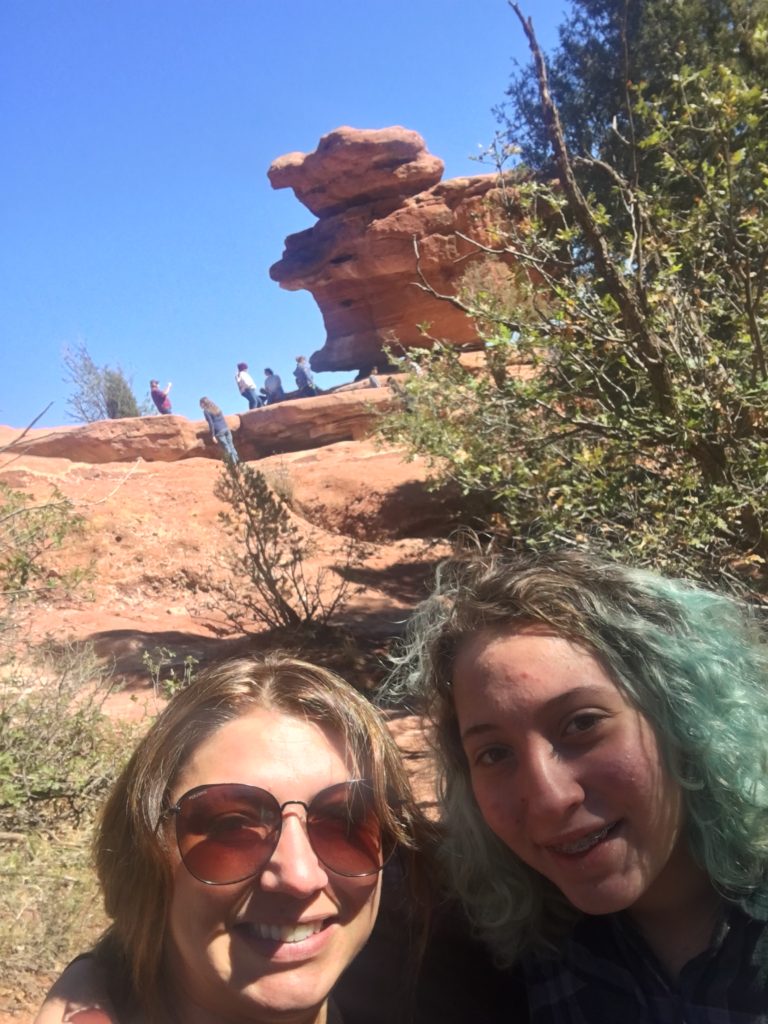
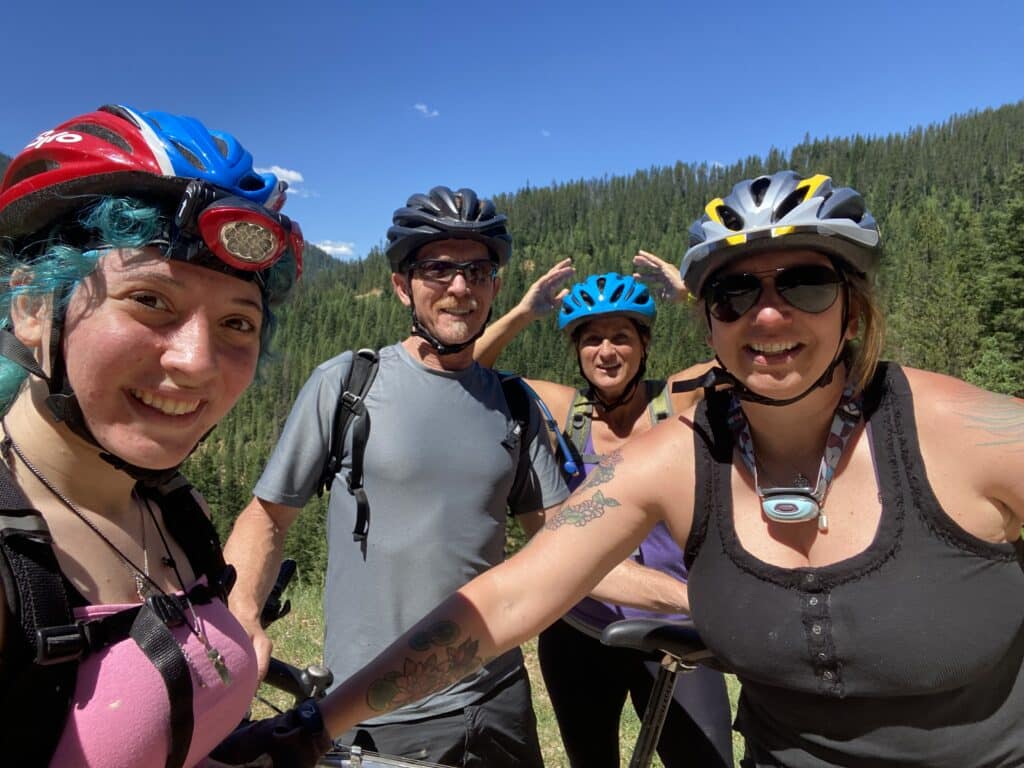
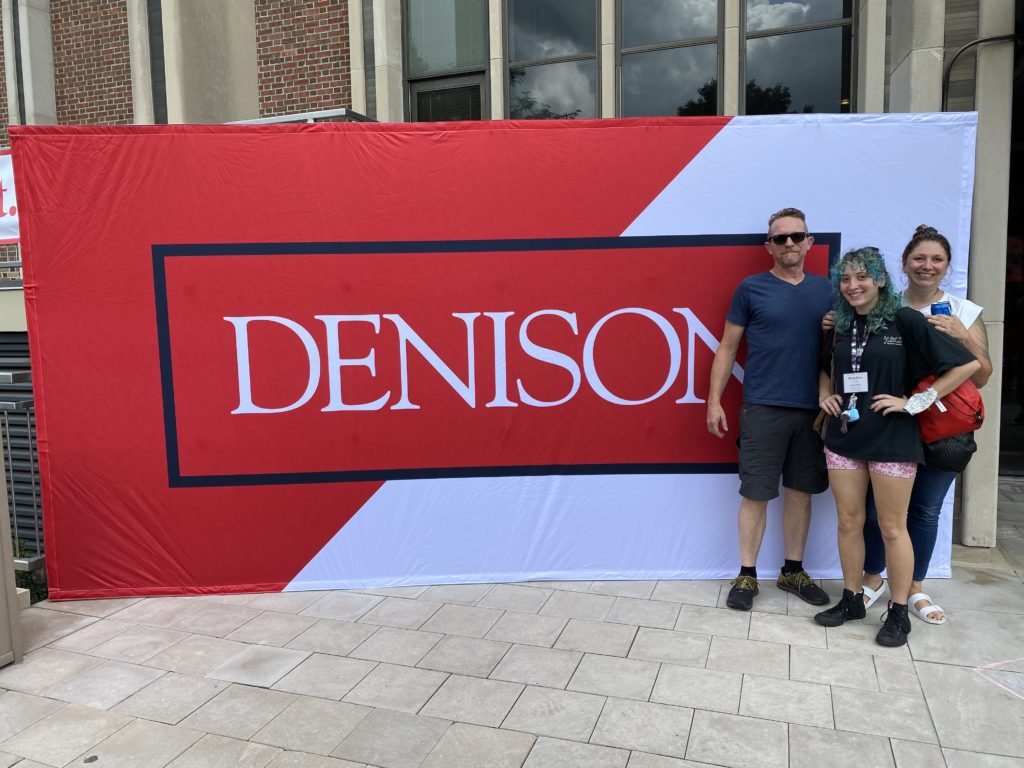
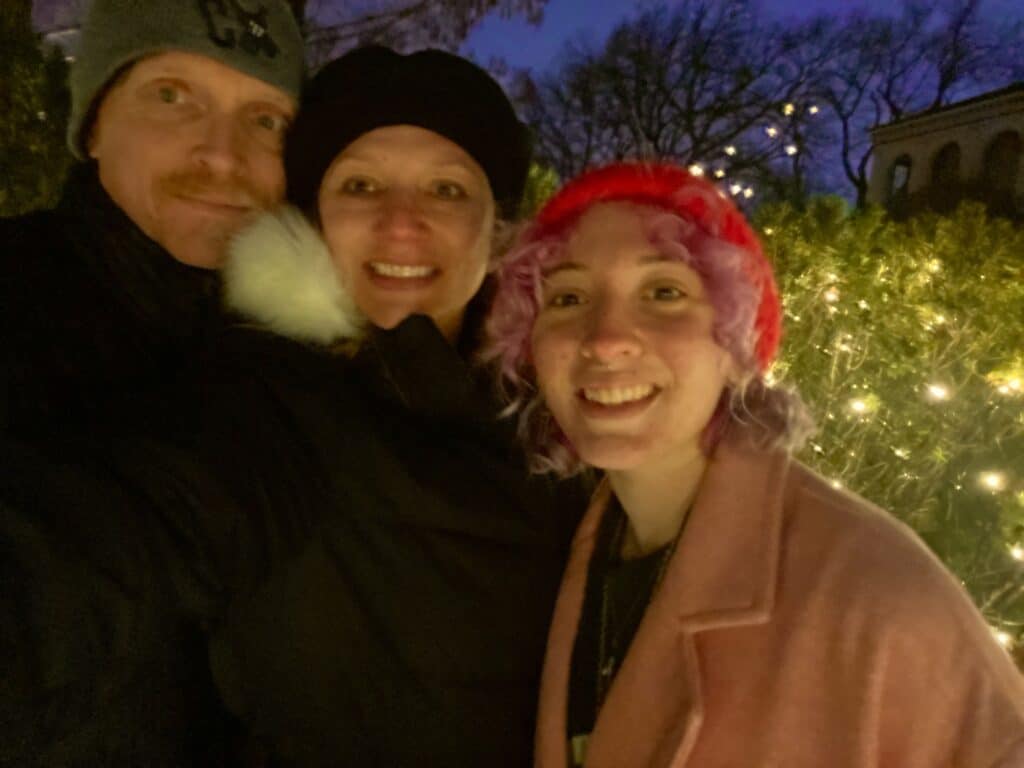
“But I was more moved by the pictures that didn’t have me in them, mostly of Madeline. Soccer games, catching her first fish, 8th grade graduation, high school graduation, dates, prom, trips, Christmases, general kid goofiness… SO. MUCH. LIFE.”
Earlier this year, 16 years after being told she had months to live, Julie sent Madeline, now 18, off to college. For most parents, this is a milestone that carries some inherent bittersweetness.
For Julie, this milestone was mostly sweet.
“That is without a doubt the miracle. Getting to see a life that I never thought I’d see.”

